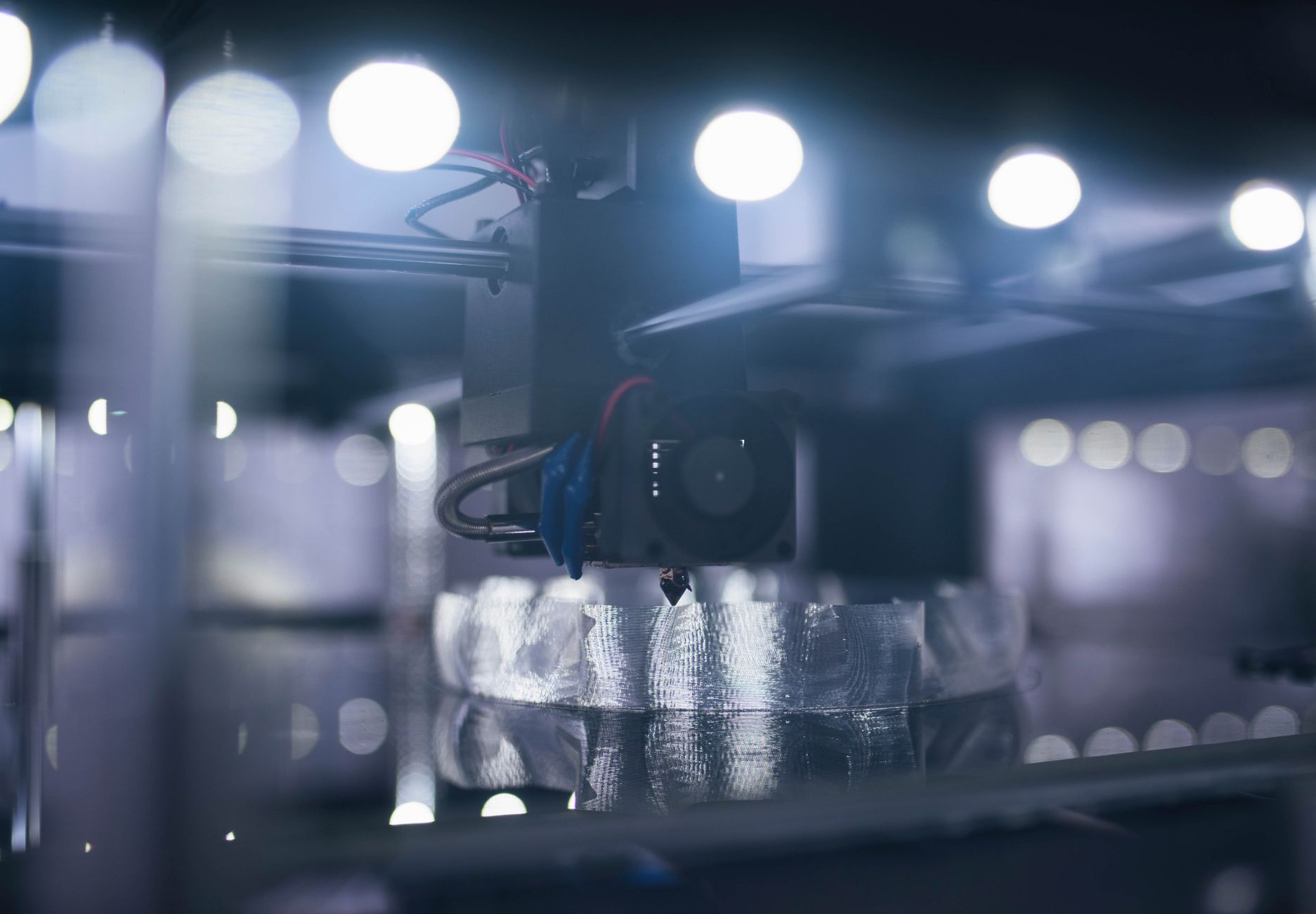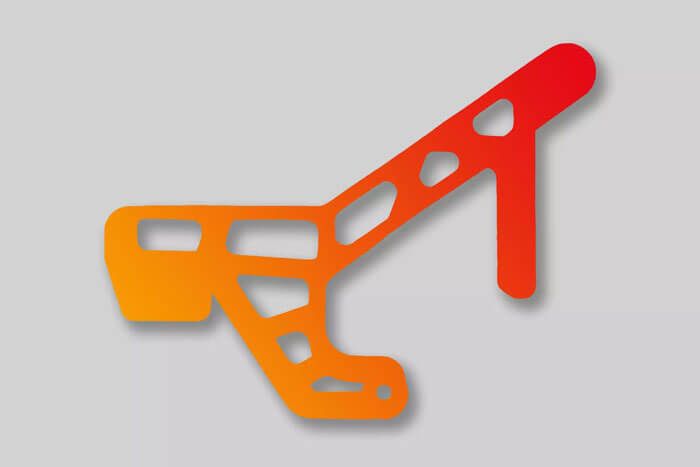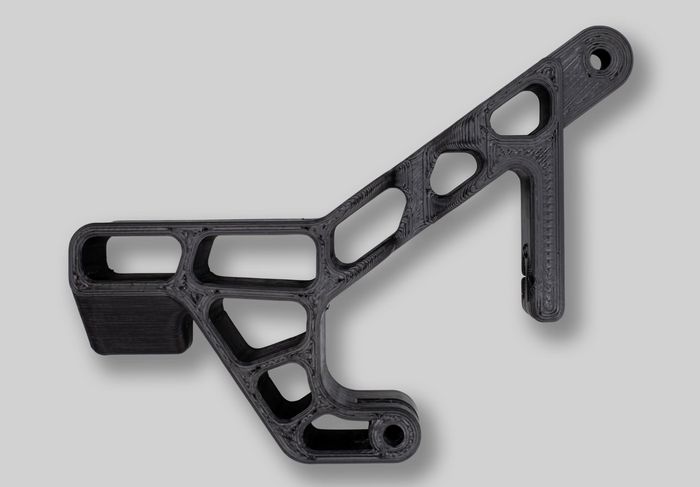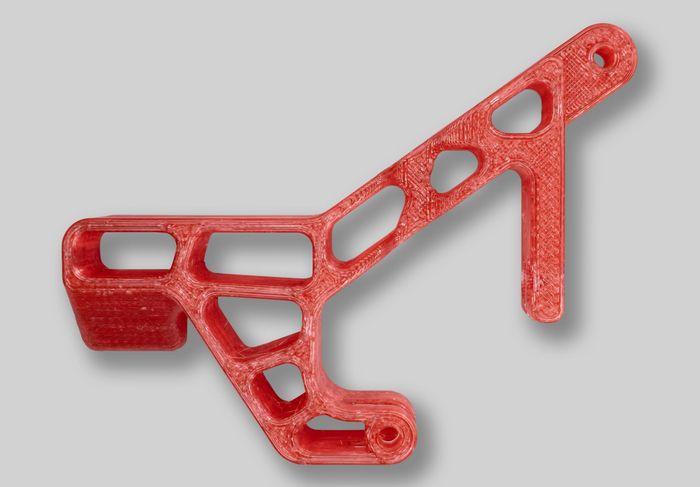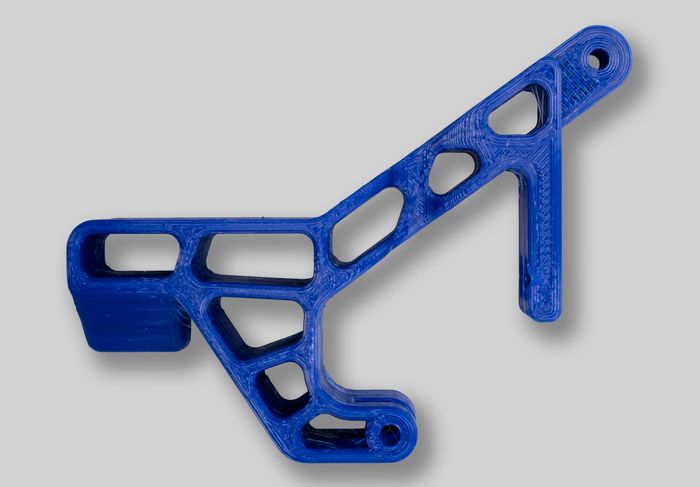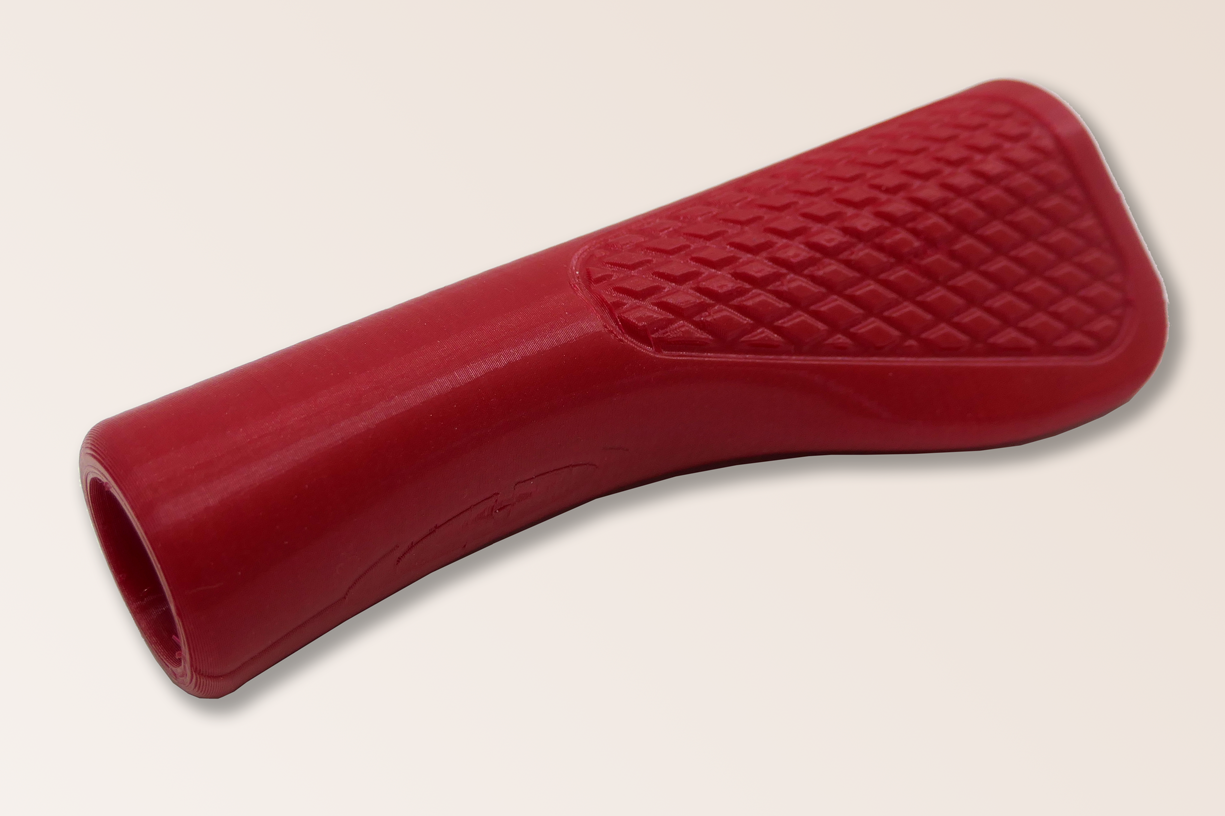Fused Deposition Modelling (FDM) is a 3D printing process based on extrusion. With a heated nozzle, the extruder, filaments (plastic rods) are melted and applied layer by layer. The 3D printed component is created on a print bed or building platform. In this production process solids are not filled with material but are provided with filling structures. For overhanging elements support structures must also be printed. These prevent overhanging elements from being "printed in the air" and pulled down by gravity. The material hardens quickly when it cools down. Once the component is printed the support structures are removed and the surfaces of the components are reworked by sanding or varnishing if necessary.
Components printed with the FDM process are inexpensive and produced quickly making this 3D printing process well suited for prototypes or model making. Additionally a wide variety of materials are available, for example:
- Flexible/rubber-like (seals, vibration dampers etc.)
- UV-resistant
- Autoclavable (tool for composite components)
- Flame retardant
- Electrostatic dissipative
- Fibre-reinforced plastics
- Materials for industries with certifications including railways , the food sector, medical applications and the aerospace industry
Please find more details about FDM here: FDM, manufacturing technology with many advantages
For series components that require very high detail accuracy, 3D printing technologies such as selective laser sintering or stereolithography are preferable to fused deposition modelling.


